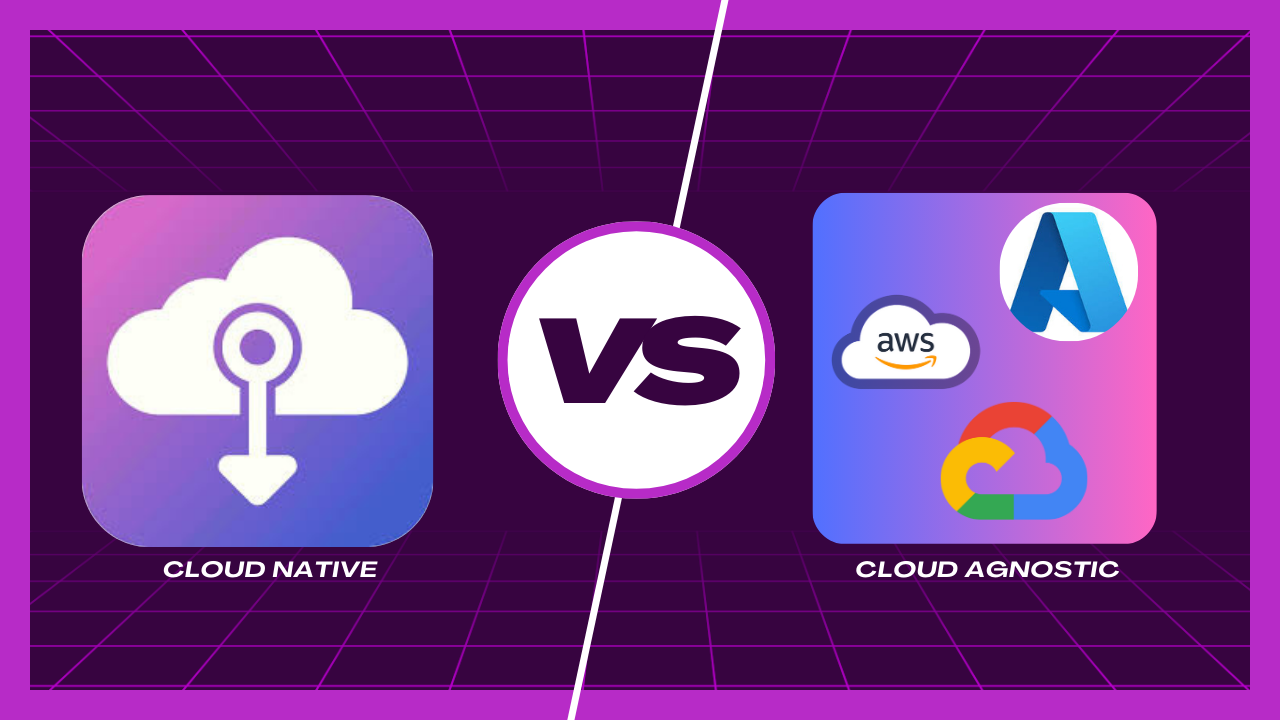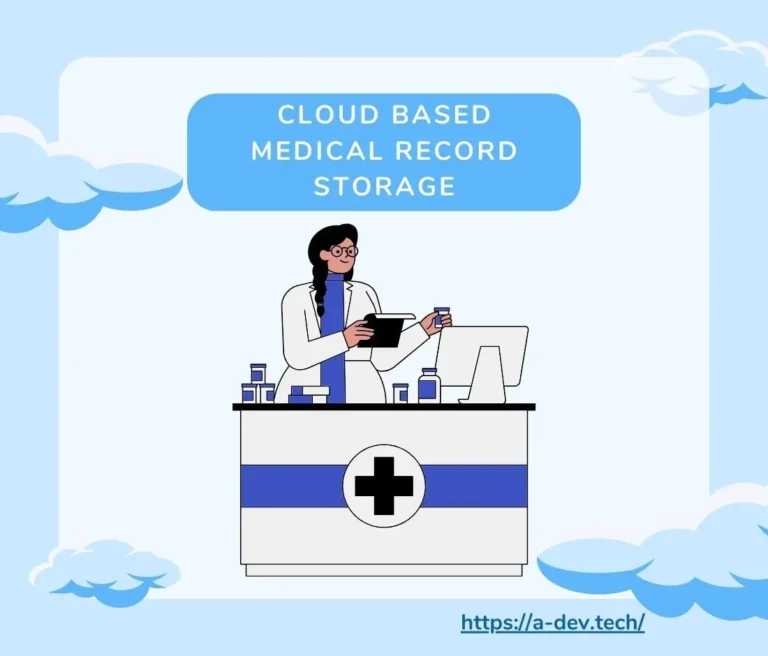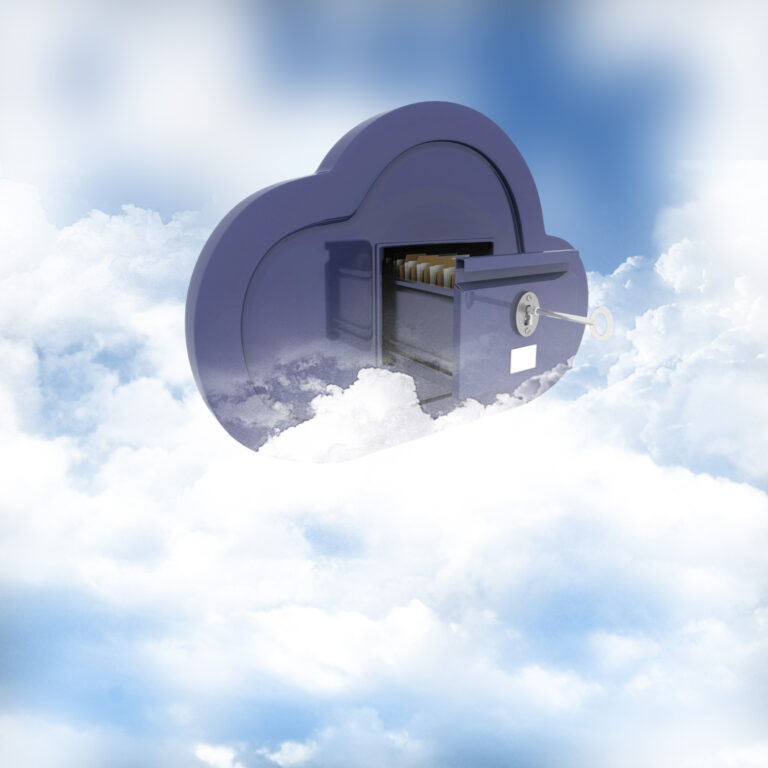Cloud Agnostic Meaning Explained: Cloud Agnostic vs. Cloud Native for Your Business
As you move to the cloud, you’re faced with a key decision: to go cloud agnostic or fully cloud native. Each has its pros, but the right choice depends on several factors: vendor lock-in, infrastructure flexibility, scalability and overall cloud strategy.

What is Cloud Agnosticism
Cloud agnostic strategy is all about freedom. Imagine building a system that runs smoothly on different cloud platforms — AWS, Google Cloud, Azure — without being tied to one. The idea of cloud agnostic strategy is to avoid the risks that come with being stuck to one provider. With cloud agnostic approach, you get to choose the best cloud services for your needs without worrying about vendor lock-in. It’s about being able to adapt to market changes and optimize costs while having more control over your cloud infrastructure.
Why Go Cloud Agnostic?
- Freedom from Vendor Lock-in: You’re not locked into a single cloud provider. If your needs change you can switch between providers without reconfiguring everything. No more high migration costs or compatibility headaches down the road.
- Better Resilience: Running your apps across multiple cloud platforms can make them more resilient when leveraging cloud agnostic strategy. If a specific cloud platform has an outage (which happens), your services can shift to a different cloud platform, ensuring your business keeps running smoothly.
- Cost-Effective Choices: With multiple cloud providers to choose from, you can shop around for the best services without being locked into one vendor’s pricing model. You’ll make sure you get the best value for your money especially when trying to balance performance with cost.
- More Flexibility: Cloud agnostic systems are built to work across different cloud environments, so you don’t have to re-architect every time you move between providers. Your business can adapt to specific workload requirements and take advantage of opportunities as they arise.
The Drawbacks of Being Cloud Agnostic
But cloud agnostic approach isn’t all rainbows. There are some rough roads:
- Managing Multiple Environments: Running systems across different cloud platforms is tricky. You’ll need strong infrastructure, orchestration tools and monitoring systems in place. With different clouds come different configurations, security measures and compliance rules to manage—this can add a lot of complexity to your operations.
- Missing Out on Provider-Specific Features: While cloud agnostic setups let you avoid being tied to one provider, they also mean you’ll miss out on provider specific tools or services. For example, AWS has Lambda, Google has GKE, Azure has its own functions—tools that cloud agnostic applications won’t fully take advantage of which can impact efficiency.
- More Development Work: Being cloud agnostic isn’t a piece of cake. You’ll need open-source tools, containerized applications and a cloud platform like Kubernetes to make sure your system works across different cloud providers. This means more development time, specialized skills and ongoing maintenance to keep everything running smoothly.

Source: Freepik
Cloud Native Architecture: Leverage a Single Cloud Provider
While cloud agnostic strategy gives you flexibility and freedom, cloud native approach takes a different route. It’s all about going deep into the services of one cloud provider to get the most out of what they offer. Cloud native applications are optimized to run perfectly in a single cloud environment, fully embracing the tools, automation and scalability the provider offers.
Why Cloud Native?
- Optimized Performance and Cost: When you use a cloud providers’ native services like AWS Lambda, Google Kubernetes Engine (GKE) or Azure Functions you’re getting the full benefit. Cloud native apps are designed to use these tools and improve performance and cost. The deeper the integration the better.
- Scalability and Flexibility: Cloud native apps scale automatically based on demand. Whether it’s traffic spikes or uptime consistency these apps adjust resources in real-time so you can stay efficient no matter what.
- Faster Development and Deployment: By using modern cloud native technologies like containers, microservices and orchestration platforms development teams can work faster. The modular nature of cloud native applications also means deployment is faster so you can roll out updates or new features quicker than ever.
- Built-in Security and Compliance: Many providers offer built-in security tools and compliance frameworks as part of their services. These are designed to keep your apps secure and compliant so you don’t need to set up complex third-party security.
The Other Side: Cloud Native Challenges
But while cloud native has its benefits it’s not without its challenges:
- Vendor Lock-in: The biggest drawback of cloud native applications is vendor lock-in. Since these apps are deeply integrated into a provider’s ecosystem migrating to another provider can be expensive and time consuming. Switching cloud providers means reconfiguring and possibly rebuilding parts of your application.
- Limited Portability: Unlike cloud agnostic applications which are built to work across different clouds cloud native apps are tied to a single provider. Moving workloads to another cloud requires significant changes which can limit your flexibility.
- Provider Ecosystem: Cloud native solutions require you to fit into a cloud provider’s tools and APIs. This means you’re locked into that provider’s ecosystem which can be a long term limitation if you ever want to switch.
- Learning Curve: Because cloud native apps use specific tools and services developers need to get familiar with the provider’s environment. This can be a steep learning curve and may require extra training or expertise.
Which Cloud?

As cloud evolves businesses need to choose a cloud strategy that fits their needs, cost, scalability and operational efficiency. In 2025 AI-powered cloud optimization, serverless and edge computing are making the cloud agnostic vs cloud native decision more important than ever.
Some organizations go for a hybrid or multi-cloud approach and blend the best of both worlds. This allows them to use specific services and maintain flexibility and reduce vendor lock-in.
When to choose Cloud Agnostic
Cloud agnostic is best for businesses that need flexibility and don’t want to be tied to a single provider. It’s especially useful for industries with strict regulatory requirements or companies that operate across multiple countries.
Practical Scenarios for 2025:
- Avoiding Vendor Lock-in: A cloud agnostic approach allows you to switch between the big 3 cloud providers (AWS, Google Cloud, Azure) without significant disruption. Flexibility means long term independence.
Tip: Use containerization (e.g. Docker, Kubernetes) and open-source tools (e.g. Terraform) to make your applications portable across different clouds.
- Running Across Multiple Clouds: Organizations with global needs or compliance requirements often need to run workloads across different clouds. For example financial institutions need to store sensitive data in specific regions to comply with local laws.
Example: A company operating in multiple countries may deploy its services on different clouds to optimize performance and comply with regional regulations.
- Portability: Cloud agnostic is best if your workloads need to be portable between cloud platforms without major rework.
Innovation Tip: AI-powered orchestration tools (e.g. AWS Outposts or Google Anthos) are getting better at managing multi-cloud and helping businesses to allocate resources.
When to choose Cloud Native
Cloud native is best for businesses that want to use the full capabilities of a single provider to get performance, scalability and cost efficiency.
Practical Scenarios for 2025:
- Performance with a Single Provider: When workloads are tightly coupled to a specific cloud native technologies like AWS Lambda, Azure Kubernetes Service or Google Cloud Functions will give you performance and lower operational overhead.
Tip: Use serverless or auto-scaling to dynamically adjust resources and costs.
- Native Cloud Services: Cloud native apps get access to specialized features like AI-powered monitoring, security and advanced networking. These services are often more integrated and efficient than what you get with a cloud agnostic approach.
Example: An e-commerce company on AWS can use AWS’s AI powered forecasting tool to manage inventory and optimize pricing, a feature that’s not available in a cloud agnostic setup.
- Cost and Integration: For businesses that want to reduce costs, simplicity and speed cloud native is a more straightforward approach. By being close to the cloud provider you can get automatic scaling and optimizations for your workloads.
Innovation Tip: Providers are offering AI driven cost management tools like AWS Cost Anomaly Detection and Google Cloud Recommender to help you manage your cloud spend in real time.
Making the Right Decision
When choosing your cloud strategy in 2025 ask yourself:
- Workload Portability: Do your apps need to run across multiple clouds or can they be optimized in one cloud?
- Cost Efficiency: Do you want to use cloud provider discounts or long term cost optimization?
- Operational Complexity: Do you have the resources to manage a multi-cloud or is a single cloud platform more suitable for your team?
- Scalability and Performance: Do you need low latency, high availability or real-time analytics?
By considering these factors you can create a cloud strategy that fits your business and uses the right balance of flexibility, cost and innovation.
Summary
There is no one size fits all cloud strategy. Cloud agnostic gives you flexibility and independence, cloud native gives you deep integration and performance. It depends on your business needs, goals and technical requirements. By knowing the pros and cons of each approach, you can build a cloud environment that supports your short term and long term goals.





